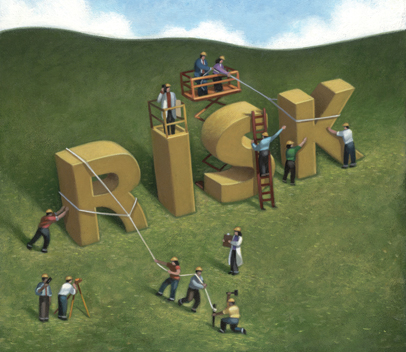Today, a growing perception that ERM “is a business discipline that can advance an organization’s [big-picture] objectives” is driving higher adoption rates across all types of organizations, says Carol Fox, director of strategic and enterprise-risk practice with the Risk and Insurance Management Society.
While there is also a perception that risk managers are having difficulty getting invited to a seat at the C-suite table, Fox believes that most corporate leaders, with only rare pockets of resistance, are eager for expert input about the strategic risks the organization faces.
“With all the external pressures—whether it’s Dodd-Frank, shareholders or the disclosures required now by the SEC for public companies—there is plenty of demand, visibility and support at the board level and at senior-management level” for ERM, she says.
As more board members and senior executives become acquainted with the usefulness of a well-designed ERM program, the discipline will become a "must have" for companies looking to compete in the new economy.


